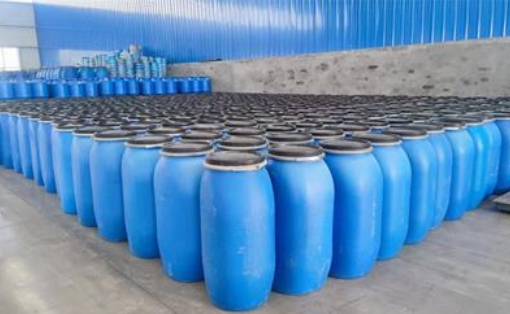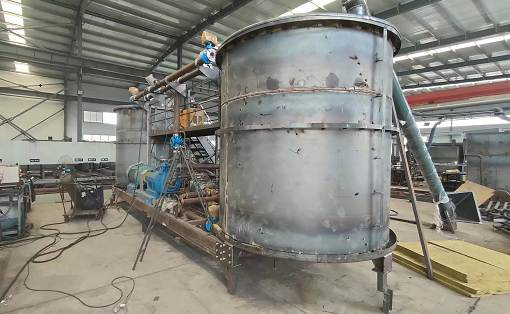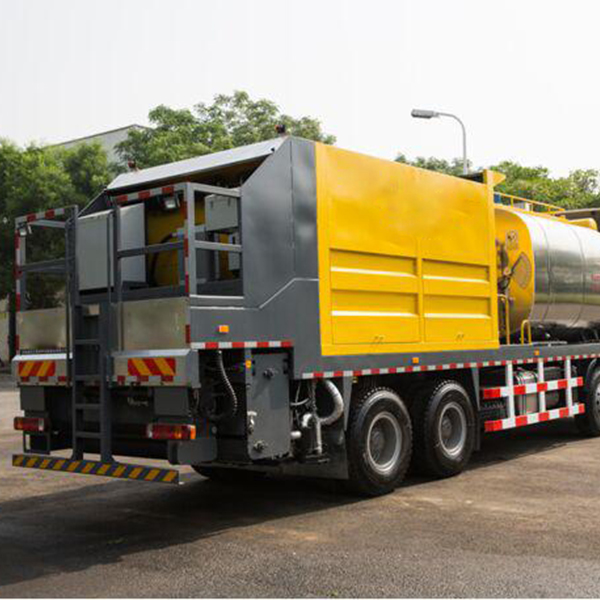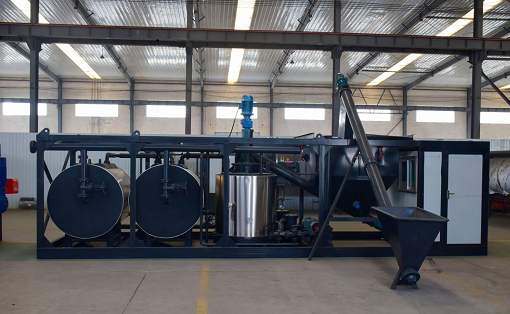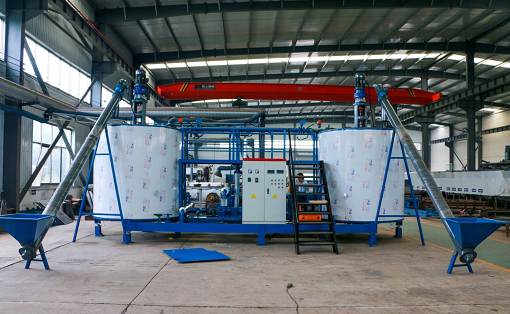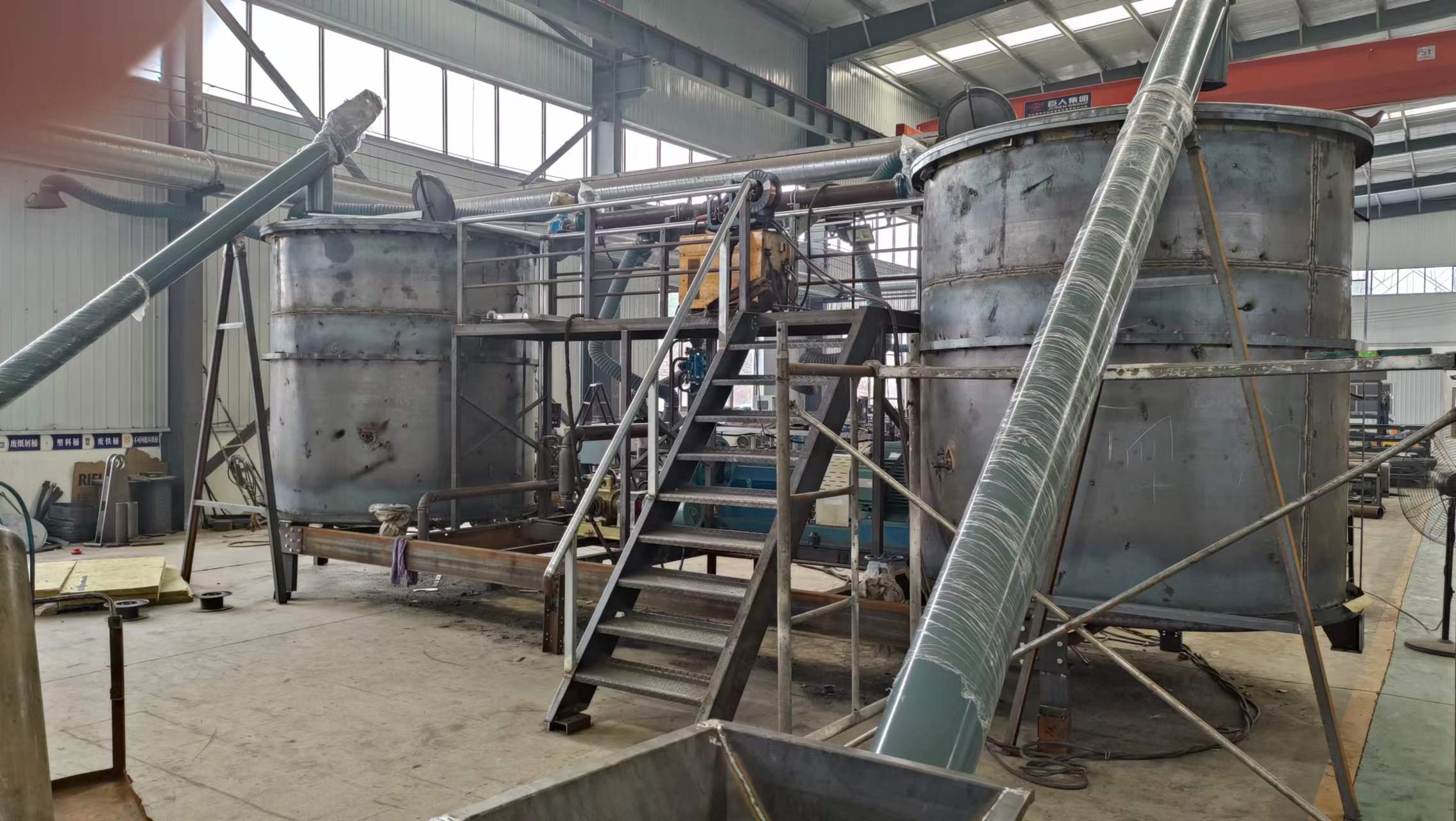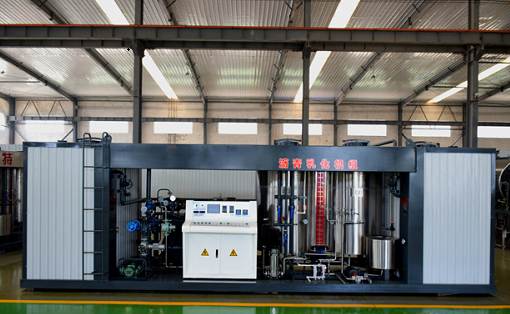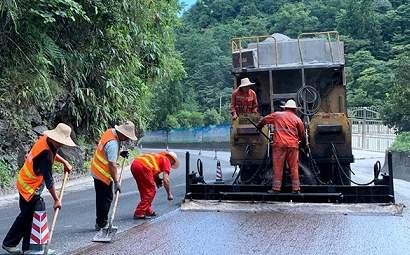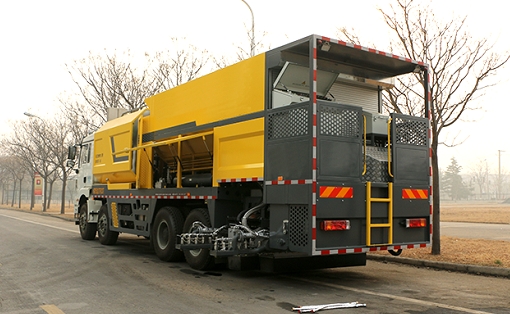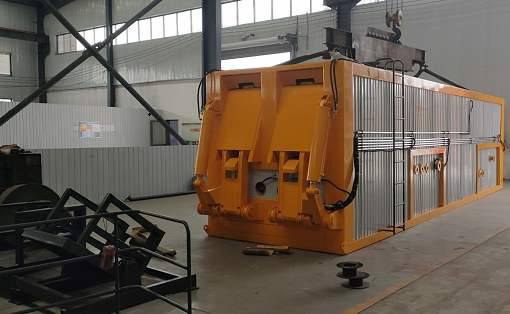Description and Classification of Asphalt Emulsifiers and Applications
Asphalt emulsifier is an emulsifier that belongs to the category of surfactants and is a raw material for the production of emulsified asphalt.
Emulsifiers are divided into: synthetic emulsifiers, natural emulsifiers, inorganic powder emulsifiers, etc. Currently, synthetic emulsifiers are widely used. Asphalt emulsifier is a type of chemical organically synthesized surfactant.
Asphalt emulsifier is an emulsifier that belongs to the category of surfactants and is a raw material for the production of emulsified asphalt.
Emulsifiers are divided into: synthetic emulsifiers, natural emulsifiers, inorganic powder emulsifiers, etc. Currently, synthetic emulsifiers are widely used. Asphalt emulsifier is a type of chemical organically synthesized surfactant.
The proportion of asphalt emulsifier in emulsified asphalt is very small, but its role is crucial. The proportion in emulsified asphalt is generally between 0.2-2.5%. The function of asphalt emulsifier is to transform asphalt into asphalt emulsion. Asphalt is solid at room temperature and needs to be heated when used. After heating, the temperature is high and the risk factor increases during use. However, asphalt emulsion is liquid at room temperature and can be used directly or by adding water without heating. The function of asphalt emulsifier is to make the application of asphalt simple, convenient, safe and environmentally friendly.
Asphalt emulsifiers can be divided into three types according to their ionic properties: anionic, cationic and nonionic.
Cationic emulsified asphalt has the characteristics of good bonding performance, good compatibility with stone materials, and the stone materials at the construction site do not need to be heated. Most of the asphalt emulsifiers currently used in the highway industry are cationic emulsifiers. According to the different speed and effect of demulsification, it is divided into three types: slow cracking type, medium cracking type and fast cracking type. Slow cracking and slow setting type is mainly used as translucent oil. Slow cracking and fast setting are used for micro-surfacing, slurry sealing, cold regeneration, etc. The uses of medium-crack type and fast-crack type are roughly the same. They are mainly used for the production of bonding materials such as adhesive layer oil, gravel seal layer and waterproof base oil.
In short, the emulsified asphalt is selected according to the use needs, and then the asphalt emulsifier for production is selected. Find answers to your questions! If you still don’t find the answer you need, please call the number on the website!

